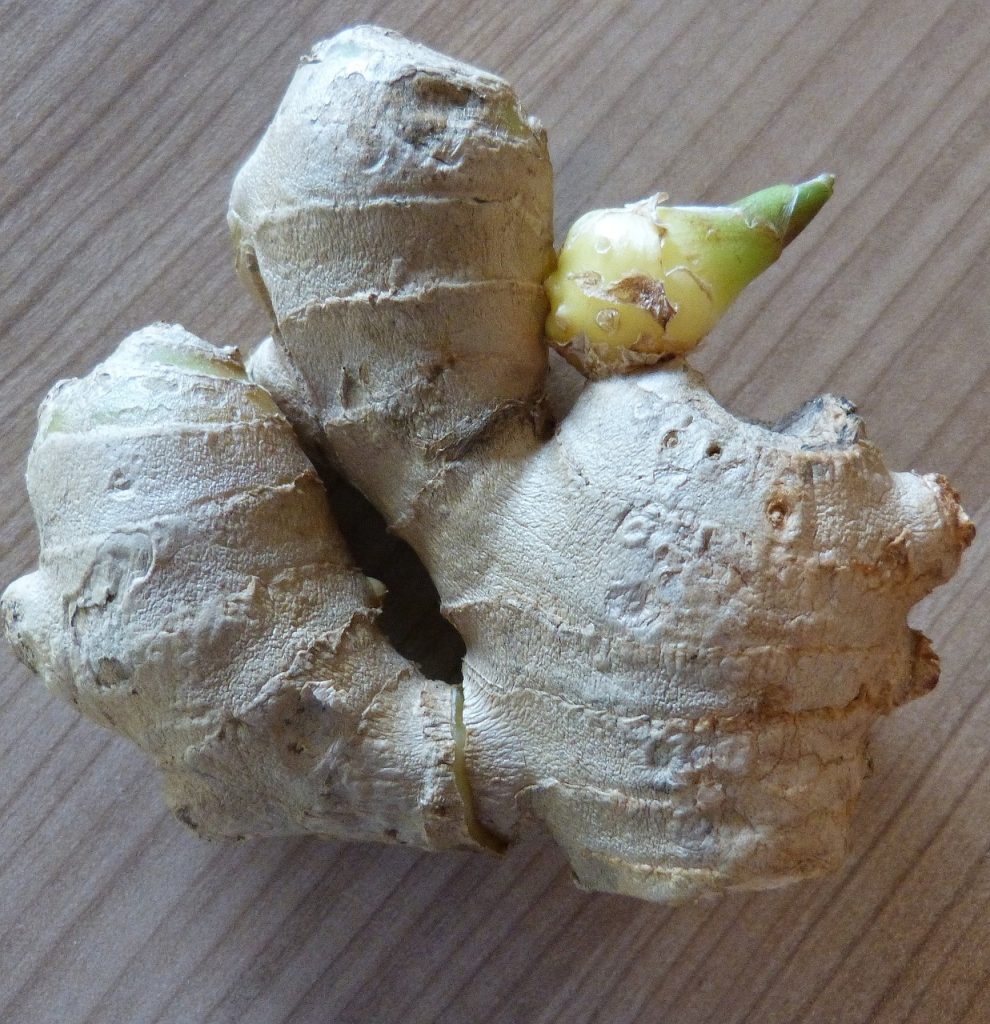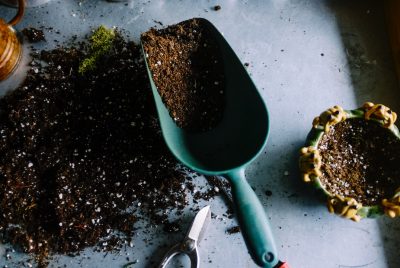Is Ginger a Vegetable or Herb?
Hey there, fellow plant enthusiasts! Today, let’s dive into a question that often sparks curiosity – “Is Ginger a Vegetable or Herb?” As an avid gardener and ginger aficionado, I’m thrilled to unravel the mysteries behind this versatile plant. We’ll explore its true classification, and if you’ve ever thought about growing your own ginger, you’re in for a treat! Get ready to discover the fascinating world of ginger and learn how to plant and nurture it right at home.
Ginger’s Identity Revealed
Ginger – that aromatic and zesty addition to our dishes – holds a special place in our kitchens and hearts. But the question remains: Is ginger a vegetable or herb? Let’s dive into the roots of this inquiry and unveil the true nature of this versatile plant.
Is Ginger a Vegetable or Herb? Defying Simple Labels
As I stand amidst my garden, I realize that nature often defies our attempts to label it neatly. Ginger, with its knobby appearance and impactful flavor, seems to dance on the line between being a vegetable and an herb. But fear not, for there’s a botanical explanation that clears the air.
Ginger’s Botanical Identity: A Rhizome Unveiled
Ginger, botanically known as Zingiber officinale, is not your average vegetable or herb. It’s a rhizome – a unique underground stem that branches out horizontally beneath the soil. This rhizome gives rise to the lush foliage and vibrant flowers that eventually grace our gardens.

Planting Ginger: Your Guide to Success
Now that we’ve settled the vegetable-or-herb debate, let’s dig into the thrilling realm of growing ginger. Picture this: from rhizome to spice, you can nurture your own ginger patch and savor the fruits (or rather, rhizomes) of your labor.
Selecting the Right Rhizomes for Planting
When embarking on your ginger-growing adventure, the first step is to select the right rhizomes. Choose organic ginger from a trusted source or your local nursery. Grocery store ginger, treated to prevent sprouting, won’t cut it in the garden.
Creating the Perfect Planting Environment
Just like people, ginger appreciates a warm and cozy home. Choose a planting site that offers indirect sunlight and protection from harsh winds. If you’re feeling ambitious, you can even grow ginger indoors, creating your own miniature tropical haven.
Jessie’s Recommendation
I just wanted to share this article on how to start your ginger indoors! Just from a ginger root that you’ve bought from the supermarket, you can start your endless supply of ginger for a long time to come.
Planting with Precision
Now, the magic moment arrives – planting your ginger rhizomes. Bury them about 2-4 inches deep in the soil, ensuring the buds face up. To give these rhizomes room to thrive, space them 6-8 inches apart.
Caring for Your Ginger Plant: Nurturing Growth
Growing ginger isn’t just about planting and hoping for the best. Just like any relationship, it requires attention, care, and the right conditions to flourish.
Watering Wisdom
Ginger loves a steady supply of moisture, but it shies away from waterlogged conditions. Aim to keep the soil consistently moist, but not soggy. It’s like offering your plant a refreshing drink without drowning it.
Sunlight and Temperature Tango
Imagine ginger as a sunbather on a tropical beach. It craves indirect sunlight and thrives in temperatures between 75°F to 85°F (24°C to 29°C). So, find it a cozy spot that offers warmth without the scorching rays.
Soil: The Foundation of Growth
Think of soil as your ginger’s comfy bed. It prefers well-draining soil with a pH level ranging from 6 to 7. Adding compost to the mix improves soil structure and drainage, creating a cozy environment for root growth.
Feeding the Hungry Plant
Ginger loves its nutrients, so consider giving it a well-balanced fertilizer every 4-6 weeks during the growing season. Just like we enjoy a hearty meal, your ginger plant will relish these nutrient boosts.
Guarding Against Pests and Diseases
In the garden, unexpected guests might arrive – aphids and spider mites, to name a few. Keep them at bay with regular inspections and organic remedies like neem oil or insecticidal soap. Your ginger plant will thank you.
Embracing the Versatile Ginger: Beyond the Garden
As our ginger plant flourishes, let’s explore the culinary and medicinal wonders this incredible rhizome brings to our lives.
Culinary Marvel: From Savory to Sweet
Ginger isn’t just a spice; it’s a flavor-packed ally in the kitchen. From adding depth to curries to lending a zing to baked goods, ginger’s versatility knows no bounds.
Carrot and Ginger Soup – Definitely a Must-Try!
I love this recipe from Marci – it’s a nice vegetarian option that can be made all year round. The best thing is that, whenever you use fresh ingredients from your garden, you’ll feel grateful for each spoonful. Check out the carrot and ginger soup recipe here.

Medicinal Treasure: Wellness in Every Bite
For centuries, ginger has been celebrated for its medicinal properties. It aids digestion, soothes nausea, and even boasts anti-inflammatory benefits. It’s like a natural remedy cabinet in your garden.
Conclusion: Unleash the Ginger Magic
In the grand tapestry of the botanical world, ginger’s identity dances between being a vegetable and an herb. But as gardeners and enthusiasts, we appreciate it for the unique rhizome it truly is. As you nurture your ginger plants, remember that you’re not just cultivating a spice; you’re cultivating a piece of nature’s art.
FAQs about Ginger Planting
FAQ 1: Can I plant grocery store ginger? Grocery store ginger is often treated to prevent sprouting. Opt for organic ginger from nurseries or trusted online sources to ensure successful growth.
FAQ 2: How long does it take for ginger to grow? Ginger requires patience. It takes around 8 to 10 months for ginger to reach full maturity and be ready for harvest.
FAQ 3: Can I grow ginger indoors? Absolutely! Indoor ginger cultivation is possible, given you provide warmth, humidity, and indirect sunlight.
FAQ 4: What pests commonly affect ginger plants? Aphids and spider mites can be common pests. Regular inspections and using natural remedies like neem oil help keep them in check.
FAQ 5: How do I know when ginger is ready for harvest? Ginger is ready for harvest when the leaves start to yellow and die back. Gently dig around the rhizome to assess its size.





